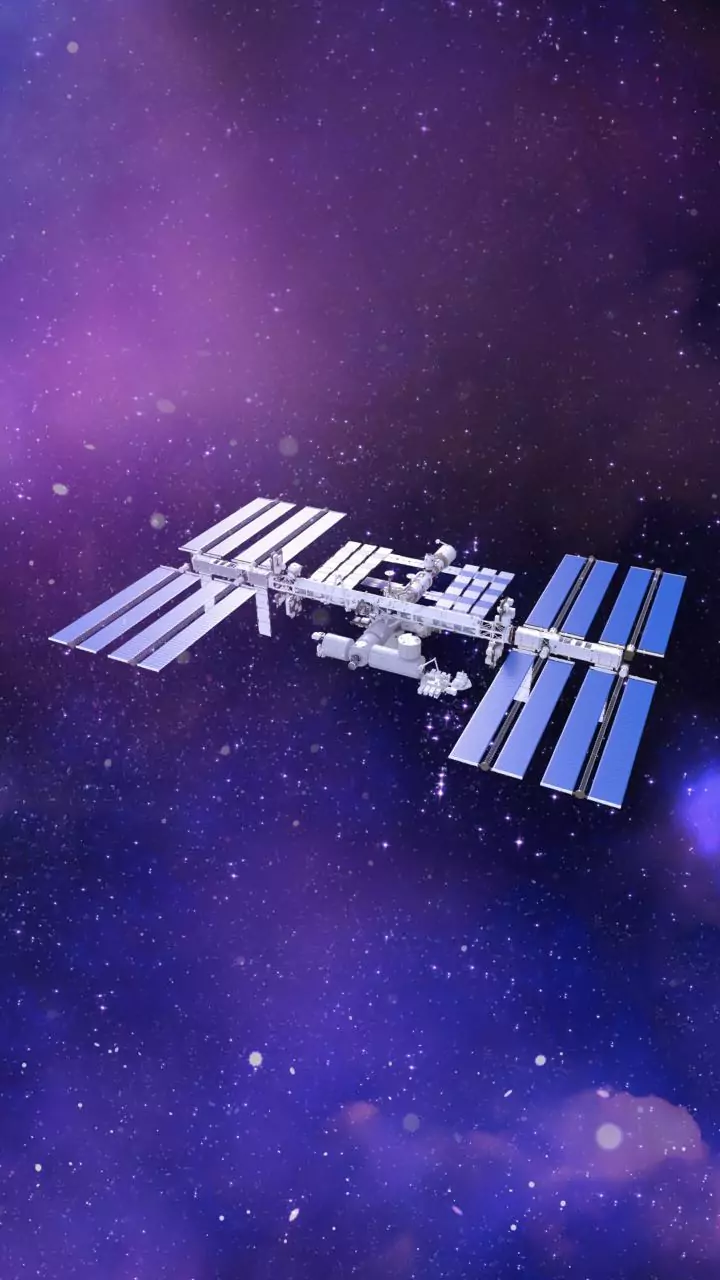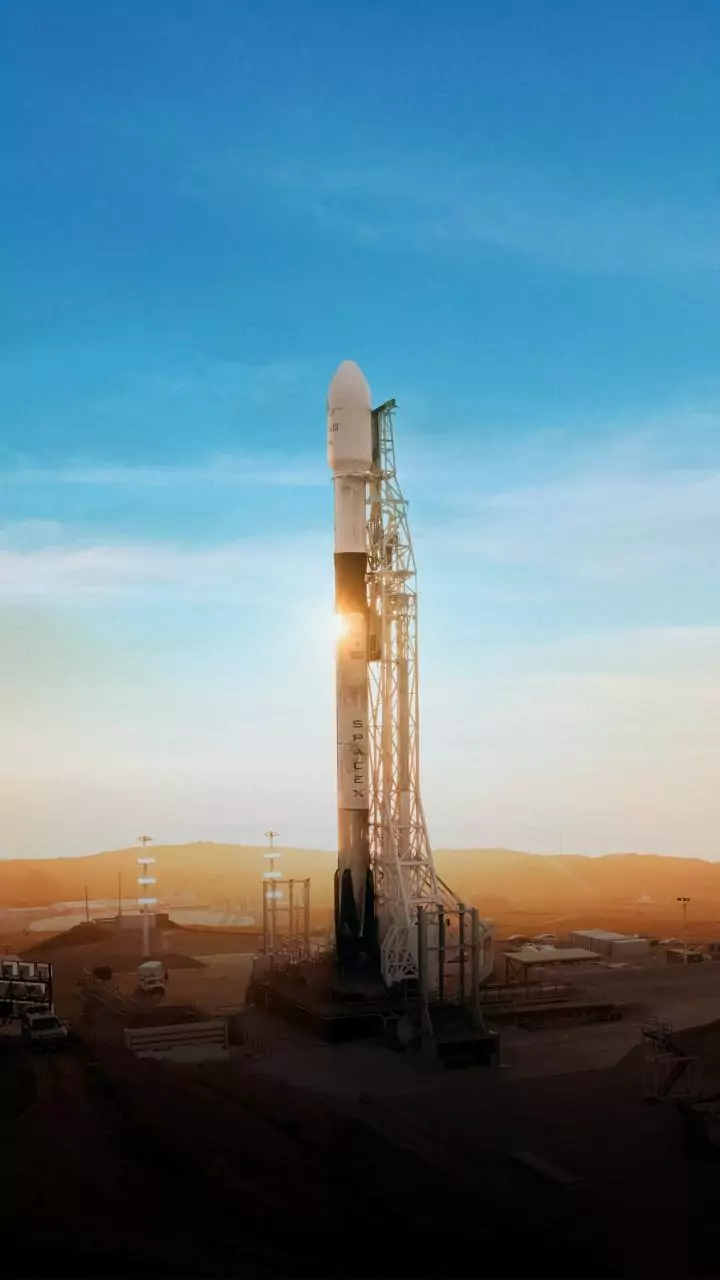Cost Reduction Revolution
The economic landscape of satellite servicing is dramatically changing due to the drop in costs associated with it. Historically, maintaining and repairing
satellites was an expensive endeavor, limiting the frequency and scope of such operations. But as technology has advanced, along with increased efficiency in space missions, the financial burden of satellite upkeep has significantly lessened. This cost reduction is a crucial factor, fostering the development and implementation of advanced servicing technologies. Reduced expenses mean satellites can now be serviced more frequently and economically, which translates to longer lifespans, improved performance, and reduced space debris. This paradigm shift encourages investment and innovation in space technology and fosters more sustainable practices for operating in space.
Mission Robotic Vehicles
A core aspect of this emerging era is the development and use of Mission Robotic Vehicles (MRVs). These specialized robots are designed and equipped with the capabilities to perform a variety of tasks on satellites, in orbit, including inspection, repair, refueling, and even relocation. MRVs represent a significant advancement over previous methods of satellite servicing, offering greater precision, flexibility, and autonomy. These robotic systems can operate in the harsh environment of space, carrying out tasks that would be dangerous or impossible for human astronauts. The development of MRVs requires the integration of advanced technologies such as artificial intelligence, sophisticated robotics, and autonomous navigation. As these technologies mature, MRVs will be increasingly vital for maintaining and protecting the many satellites that support global communications, navigation, and environmental monitoring.
Servicing Benefits Unveiled
The advantages of satellite servicing are numerous and far-reaching. The most immediate benefit is the ability to extend the operational life of existing satellites. Instead of allowing aging satellites to fail or be discarded, servicing missions can address on-orbit malfunctions, refuel spacecraft to keep them active, and replace degraded components, such as batteries or solar arrays. This strategy is also environmentally beneficial because it reduces the accumulation of space debris and provides more economical usage of satellites that have already been launched. Further, the capacity to upgrade or enhance a satellite's capabilities in orbit is another considerable advantage. Servicing missions can install new technology or improve performance, therefore increasing the effectiveness of space-based assets. This could be particularly advantageous for research and technological missions, facilitating experiments and advancements in orbit and on Earth.
Future Space Exploration
The advancements in satellite servicing also directly influence the field of space exploration. The ability to maintain and repair satellites and other spacecraft in orbit is crucial for establishing long-term, sustainable presence beyond Earth. With servicing capabilities, future missions to the Moon, Mars, and beyond become less complicated because the infrastructure for maintenance and support is established and easily accessed. In-orbit servicing can be applied to provide crucial infrastructure, like fuel depots, repair facilities, and living modules. This reduces the need to launch new components from Earth. Ultimately, as servicing technologies develop and costs continue to decline, the dream of interstellar exploration and the use of space as a resource for mankind will transition from the realm of science fiction into reality. Servicing can revolutionize how we explore and use space.












